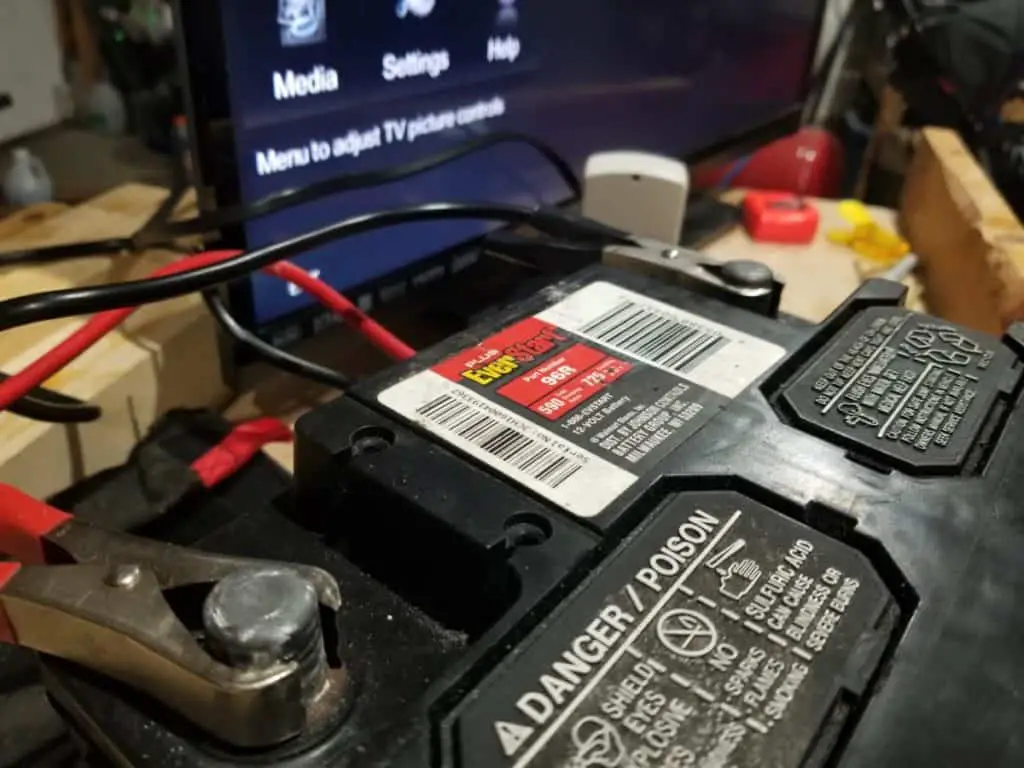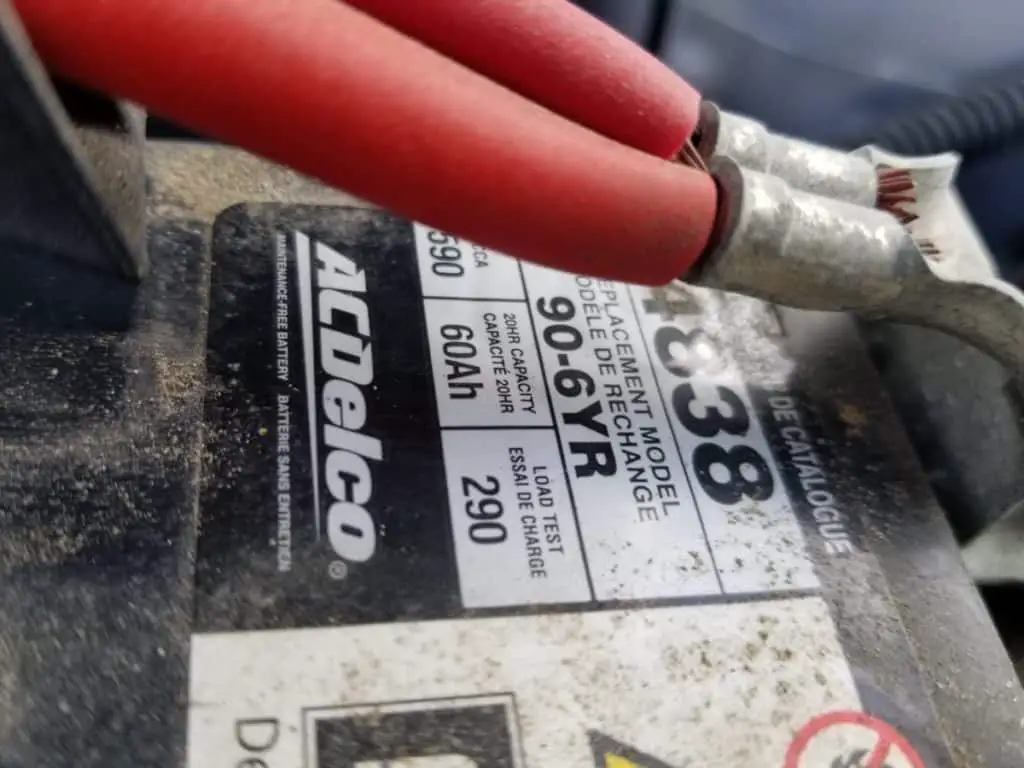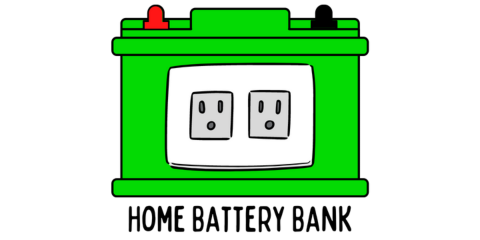When your car’s battery has been given a jump way too many times, it’s time to start looking for a new one. Just taking a look at the selection at a big-box store, let alone a designated battery store, is enough to make anyone blink twice. You’ll probably notice that most of them are 12-volts, just like the one you’re replacing.
They must be interchangeable, right?
Not so fast. Though they are 12-volts, that doesn’t mean that they will work in your car or maybe they’ll work in your car during optimal conditions but will fail when the weather gets cold. There are a few considerations to take into mind before you grab any battery off the shelf.
Some are starting batteries, some are deep-cycle. Some are flooded, some are Gel or AGM. Some are lead-acid, and some are lithium or something else.
You can use a different battery in your car as long as it fits securely in the battery box, has the same voltage, and meets or exceeds the manufacturer’s recommended cold-cranking amps (CCA). However, using the manufacturer’s recommended Battery Group Size is the easiest and safest replacement choice.
Now, let’s briefly cover what will happen if you use the wrong size battery in your car, what battery group size is, whether you can use a deep-cycle battery, and more!
What Happens if You Put the Wrong Group Size Battery in your Car?
If you replace your car’s battery with anything other than the type recommended by your car’s manufacturer, you run the risk of damaging the electronics, the starter, or not being able to start it at all. You also have the chance of it starting as usual. There are a few factors to keep in mind.
The first things to consider before anything else is whether or not the battery will safely and securely fit inside of your car’s battery box. If it’s physically too large, then forget about worrying if it will start your car. You can’t drive around with it anyway if it can’t be secured.
Remember that the battery must be secured down so that it does not wiggle or bounce when your are driving!
If it’s smaller than your current battery as far as physical dimensions, you still have the same problem of making sure it can be secured properly.
You also have to make sure that the different battery isn’t so tall that the hood will make contact with the battery posts when you close it. This could result in a catastrophic short of your battery and lead to fire or explosion.

Assuming you can safely fit and secure a different battery, you must next consider the voltage. If your car’s electronics run on a 12-volt system, then mounting a 24-volt battery is going to fry your electronics and starter. Stick with the rated voltage of your bad battery.
The next major consideration is the CCA rating, or “cold-cranking amps”. Without getting technical, this is your battery’s ability to deliver a surge of current for start-up purposes when the weather is cold or freezing. Cold weather slows down the chemistry of the battery and its ability to release stored chemical energy as electrical energy. It is imperative to have a battery that can deliver enough CCA when the weather turns cold so that you do not burn out your starter.
If the CCA of your new battery is the same or greater than your old one, then you have nothing to worry about.
Excess CCA isn’t going to fry your electronics or starter, as they will only draw what they need at any given moment. The excess CCA will, however, allow them to draw from the battery more easily when the weather gets colder and the flow of electricity from the battery becomes more sluggish.
If your CCA is lower, you might still be able to start your car in warm weather, but the battery won’t be able to handle the required amperage for starting during colder times. This will essentially cause the starter to run “lean” on electricity and this will significantly reduce its lifespan as it is overstressed.
If it hasn’t become abundantly clear already, it is best to stick with the manufacturer’s recommended battery group size and to get as many CCA’s as possible within that group size — especially if you’re in colder regions.
Why Battery Group Size Matters
The group size of a battery indicates its physical dimensions (length, width, and height) as well as terminal type and location. Group size designations are typically given a numeric or alphanumeric code such as “51R” and specifications can be found on BCI charts (Battery Council International).
Since group size indicated the physical size, terminal type, and terminal location, we have some limitations with just using the group size alone when selecting a new battery.

Group size ratings will not indicate what your battery’s purpose is (starting vs. deep-cycle), the battery type (Gel, AGM, flooded), or the chemistry (lead-acid, lithium, NiCd, etc.).
So, if you need a new battery for your car and the manual says to get a Group Size 96R battery, that is only telling you the physical dimensions. If you go to Walmart, you might find that battery selling for $100 and is a flooded-lead-acid battery that is a starter battery. However, if you go to a specialty battery store, you might find an AGM 96R battery priced at $275 and it is a dual-purpose starter/deep-cycle.
When selecting a new car battery, you’ll generally want a starter or SLI battery (starting, lighting, ignition), the same group size as recommended by the manufacturer, and the same or more CCA.
Can I Put a Smaller Battery in My Car?
Placing a battery with smaller dimensions than the battery box can be done as long as you can still secure it safely and tightly in place. However, you’ll want to make sure that the voltage is the same and that CCA’s are equal to or exceed the manufacturer’s recommended number.
Can I use a Car Battery with Fewer CCA’s?
If you use a car battery with fewer CCA’s than the recommended number from the car’s manufacturer, you run the risk of burning up the starter prematurely.

There’s a good chance that if the CCA’s are in the ballpark of the recommended number that the car will start — especially in warm weather.
When the weather starts to approach freezing and go beyond it, not being able to deliver the appropriate CCA’s (again — cold-cranking amps) will cause your starter to starve for electricity and burn itself out.
Can I use a Car Battery with a Higher CCA Rating?
Using a car battery with a CCA rating higher than the manufacturer’s recommendation is safe and won’t harm your starter. Just because a battery can provide more CCA’s doesn’t mean that those CCA’s will all be delivered to your car’s starter when you turn the key.
The starter will only pull from the battery what it needs, and if your battery can supply more Cold Cranking Amps on a cold day and the starter needs them — then the more you have the better!
Having more CCA’s is harmless, but having fewer than the recommended amount can kill your starter (especially in cold weather).
Can I Put a Deep-Cycle Marine Battery in My Car?
Marine batteries come in two forms — Deep-Cycle and Dual-Purpose — and both serve different purposes.
The deep-cycle is designed for low amperage applications over a long period of time. Starting a car is not a low amperage application and can stress a deep-cycle battery beyond what it’s capable of doing. I do not recommend using a true deep-cycle battery for ignition purposes.
A dual-purpose battery is a hybrid between a starting battery (like your car’s) and a deep-cycle battery. If I had to use a marine battery in my car, it would be a dual-purpose battery.
Still, the battery is a hybrid which means it doesn’t excel at starting or deep-cycling. It is just a happy medium.
I have never done such a thing myself, but I do know of a gentleman who used two marine dual-purpose batteries in his large truck and also had a battery heating blanket for the winter months to assist the battery in releasing what amperage it had for starting purposes.
Remember, marine batteries were designed and engineered to be used when temperatures are cold or warm, but not freezing. If the water is frozen, they didn’t expect you to be using your boat’s engine.
